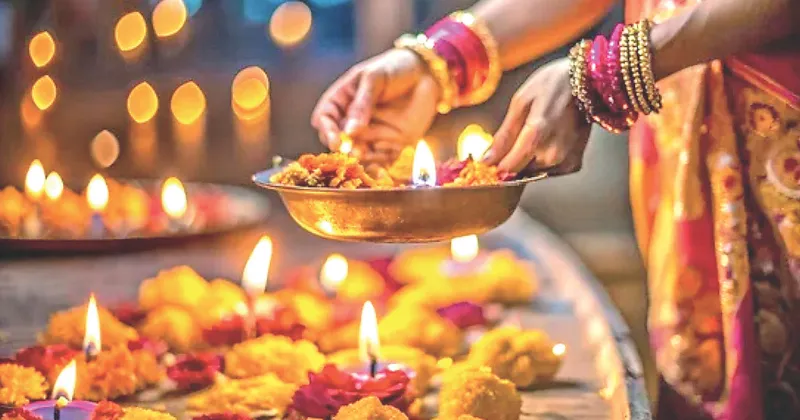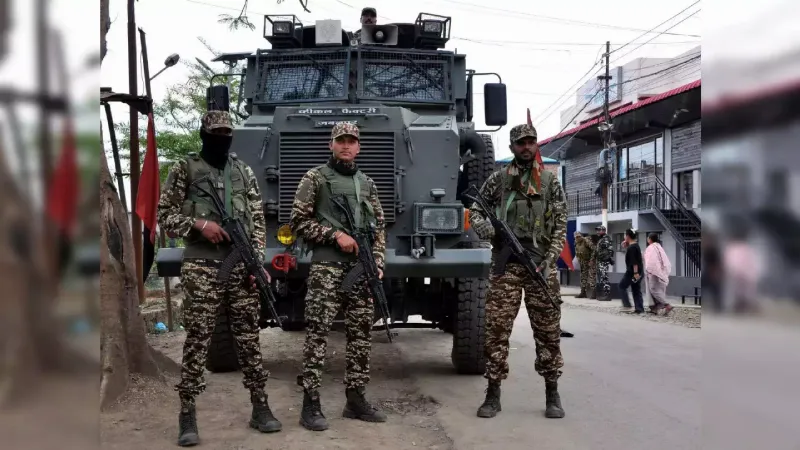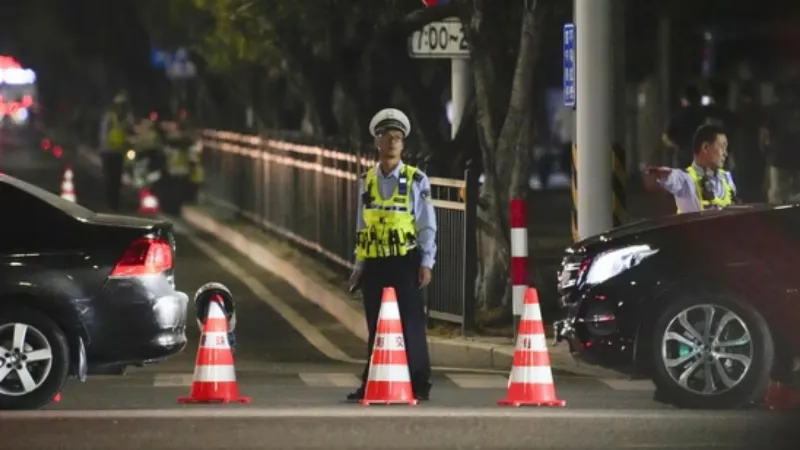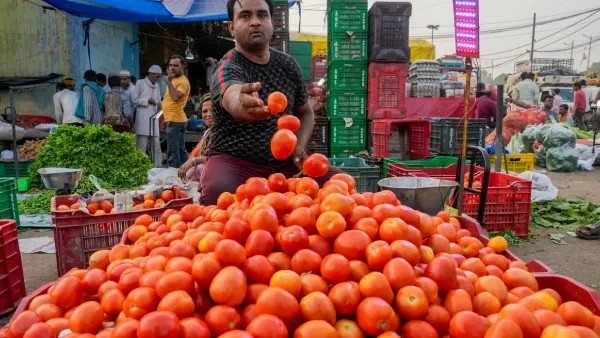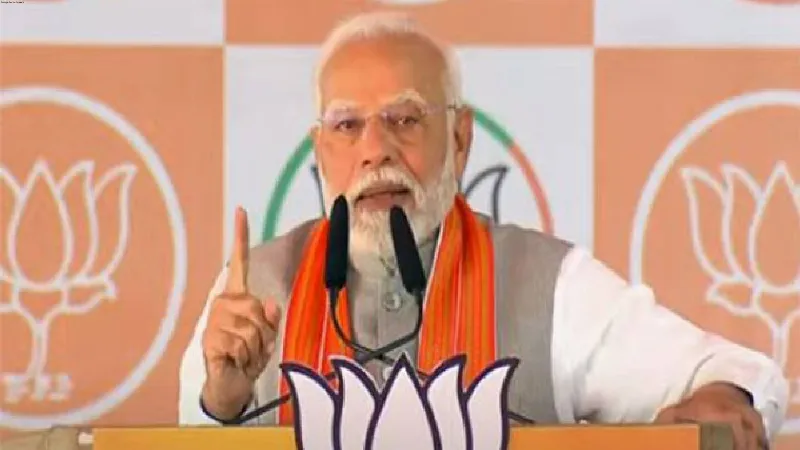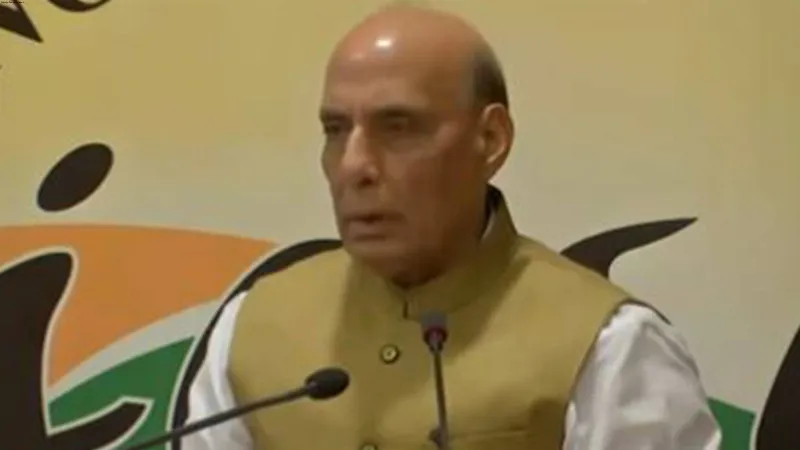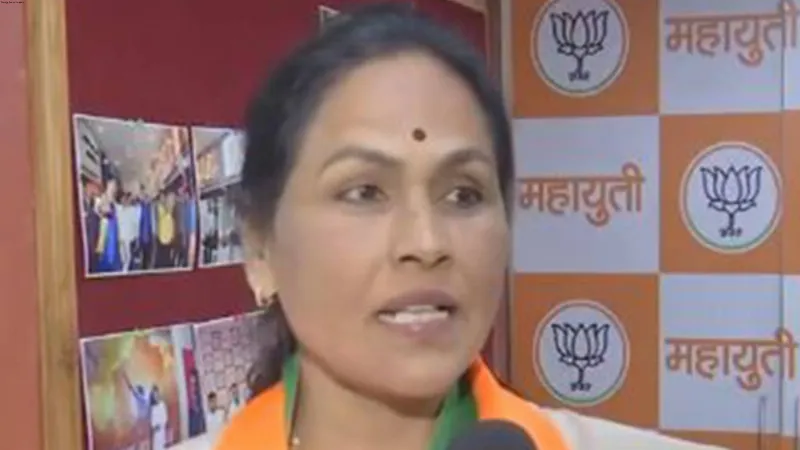KASHMIR VALLEY WINDS OF CHANGE
.jpg)
Kashmir, if literally translated, means land desiccated from water: “Ka” (the water) and shimeera (to desiccate). Tradition says that Kashmir was originally a lake that was drained by the great saint of ancient India Kashyap. It was included in the empire of Ashoka Maurya who is credited with the foundation of the city of Srinagar around the year 250 BC. During this period Buddhism spread in Kashmir and flourished under the Kushans, but Hinduism held its sway in the region.
The last Hindu ruler of Kashmir was Udyan Dev but Queen Kota Rani was the de-facto ruler of the kingdom. The Hindu rule in Kashmir came to an end in 1339 with her death and Muslim rule was established under Sultan Shamas-ud-din and his dynasty ruled the valley for 222 years. In 1819, Kashmir was annexed by Ranjit Singh and made a part of his Sikh empire. Later Kashmir transited from British to DOGRAS and Maharaja Hari Singh ruled the state from 1925 to 1952. Maharaja Hari Singh placed Kashmir under the dominion of India by executing an Instrument of Accession on October 27, 1947.
In 1956 Kashmir was integrated into the Indian Union under a new Constitution. However, PoK Kashmir continued to be under illegal occupation of Pakistan. Kashmir was a tourist’s paradise during the 1970’s and early 1980’s. However, tourism in Kashmir declined during the late 1980’s and 1990’s, due to terrorism and disturbances. For years Article 370 and Article 35A held the erstwhile state from achieving its true potential. However, the Modi- Shah plan of annulment of Article 370 and the formation of two new union territories in 2019 has triggered the change and stabilising with time.
The concerted effort by team Chinar Corps, other security forces and local people under the guidance of LG has definitely stimulated the change. The government’s reconstruction plan for Kashmir with an outlay of approximately Rs 24,000 crore, in the fields of infrastructure, education, health, civil amenities, industrial promotion, employment and income generation seems to be working for good. If over six lac tourists pouring into valley since 2021is an indication, then definitely the valley is witnessing winds of change.
A seamless integration of security forces and special Indian Army initiate, the voices unheard for decades are finding expression in the conversations and platforms being provided to them at various levels. Discussions on future of violence-free Kashmir with integrated growth paradigms are repeated rejection of terrorism and violence are underlining themes of these platforms. The incidents of glorifying a terrorist killed by SF have diminished.
In a recent case a lady publically applauding Army and wishing her son to be an Army officer only authenticates the change. Operation Sadbhavana, a unique humane initiative undertaken by Indian Army in Kashmir to address aspirations of people affected by scrooge of terrorism, has provided succour local population of the State and fast becoming a landmark scheme for good of common people. Be it guarding Dharohar of Ashokas time, relentless service during floods in 2014 or reaching out to far flung areas for basic needs of water and electricity, access to quality education and basic health and hygiene the work by Indian army has been exemplary.
Indian Army has established 46 Army Goodwill Schools and there is a growing clamour from local population for opening schools in almost all corners of the State. Approximately 14,000 students are currently enrolled and close to one lakh children have obtained primary/higher secondary levels quality education in last one and half decades of insurgency. Many success stories like of Shamima khatun of Baramullah, Ifra Sheikh of Badgam etc, now professors in the history department of Kashmir University, is a testimony to the positive change, a society can experience through the window of education.
Because of these positive changes the radical space is shrinking and bigoted ideology is beginning to take a thorough beating. The Kashmir valley is now open for tourism and tourists are absolutely safe in Kashmir. While interacting with locals in Srigufwara, Shikara operators in Dal Lake, Shopkeepers in Badgam, Guides in Gulmarg or students in Aru Valley, it emerged that people are more interested in their livelihood, growth and education rather than disturbances.
National Flags being manufactured by Kashmiri girls are now available all over country, rise in number of pro-change people gathering at Lal Chowk and girls in a rural area school playing cricket and wishing to join central services and Armed Forces as definitely a big change that Chinar Corps has been able to bring with full cooperation from other security forces, civil administration and a fully vibrant LG. Success stories of Kashmir in all spheres are a work in progress and situation will only improve in times ahead.







